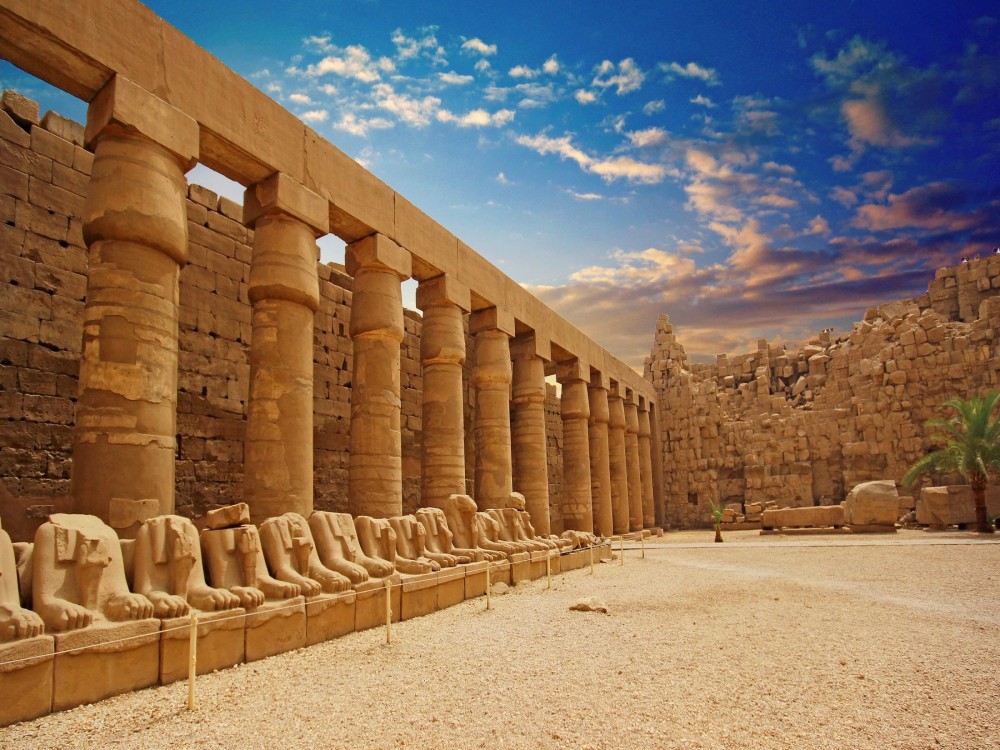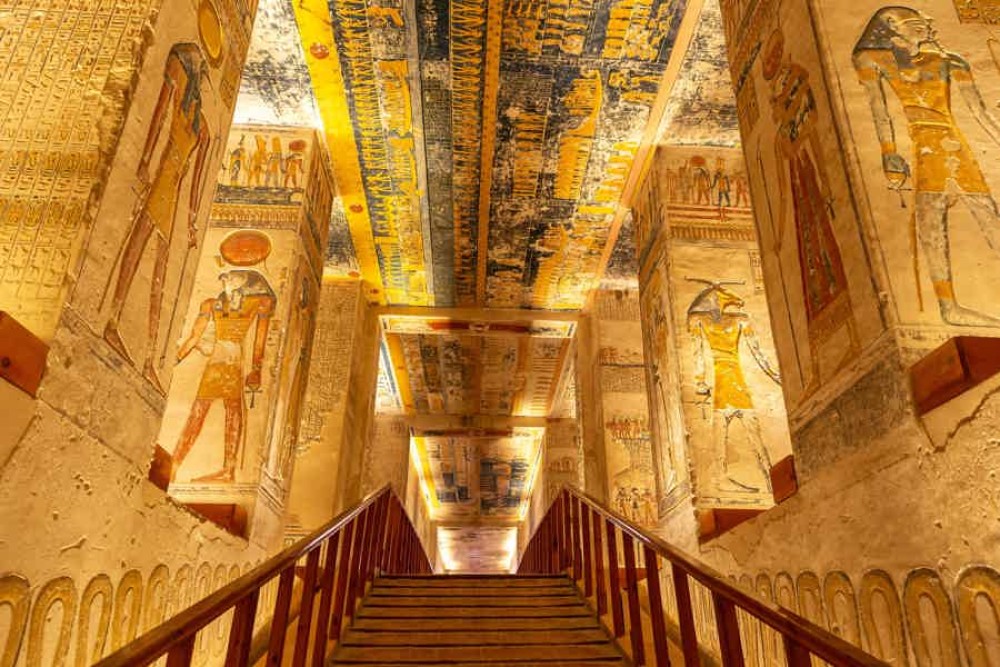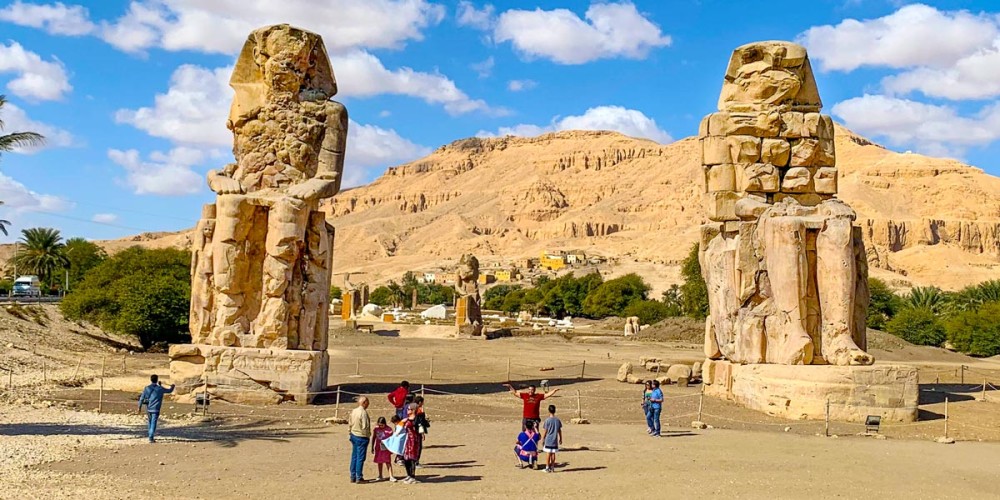- Egypt
- Things to do in Luxor
- Top 10 Must-See Attractions in Luxor
Top 10 Must-See Attractions in Luxor
Luxor, often referred to as the world’s greatest open-air museum, is home to some of Egypt’s most iconic monuments. From the colossal Karnak Temple to the mysterious tombs of the Valley of the Kings, the city offers an extraordinary glimpse into ancient civilization. Whether you’re a history enthusiast or simply love exploring ancient ruins, Luxor has something for everyone.

.jpg)
1. Karnak Temple Complex: A Monumental Wonder
Karnak Temple is the largest religious structure in the world, dedicated to the Theban Triad. The vast complex consists of multiple temples, chapels, pylons, and obelisks. The awe-inspiring Great Hypostyle Hall with its towering columns is a highlight, offering visitors a sense of the grandeur once enjoyed by the pharaohs.

2. Valley of the Kings: Tombs of Pharaohs
The Valley of the Kings, a burial ground for Egypt’s pharaohs, is home to 63 royal tombs, including that of Tutankhamun. Explore the intricately decorated tombs that have survived millennia and learn about the burial practices of ancient Egypt. Be sure to visit the tomb of Ramses II, one of the grandest.
.jpg)
3. Luxor Temple: A Symbol of Ancient Power
Located on the east bank of the Nile, Luxor Temple is an ancient site dedicated to the god Amun. Its impressive statues of Ramses II and the towering obelisk greet visitors, while the temple’s history is tied to royal ceremonies and festivals. Visit at night to see it beautifully lit.

4. Hatshepsut Temple: A Monument to a Female Pharaoh
Built in honor of Queen Hatshepsut, this mortuary temple is one of Egypt’s architectural masterpieces. Located near the Valley of the Kings, the temple's terraces blend seamlessly into the surrounding cliffs. The striking colonnades and the reliefs narrating Hatshepsut’s life story are must-sees.

5. Colossi of Memnon: Giants of the Nile
These two massive stone statues represent Pharaoh Amenhotep III and stand as silent sentinels near the Nile River. The Colossi of Memnon, originally part of a larger mortuary temple, have become iconic. Visitors often pause to admire their grandeur and listen to the myth surrounding the “singing” statues.
You may also like these
Copyright © 2025 All Rights Reserved


